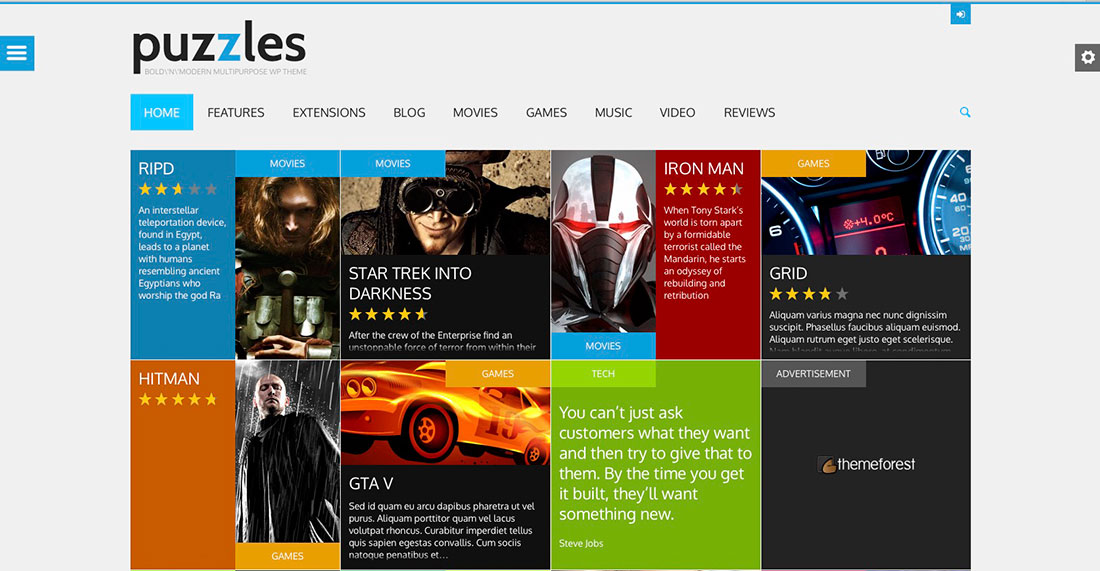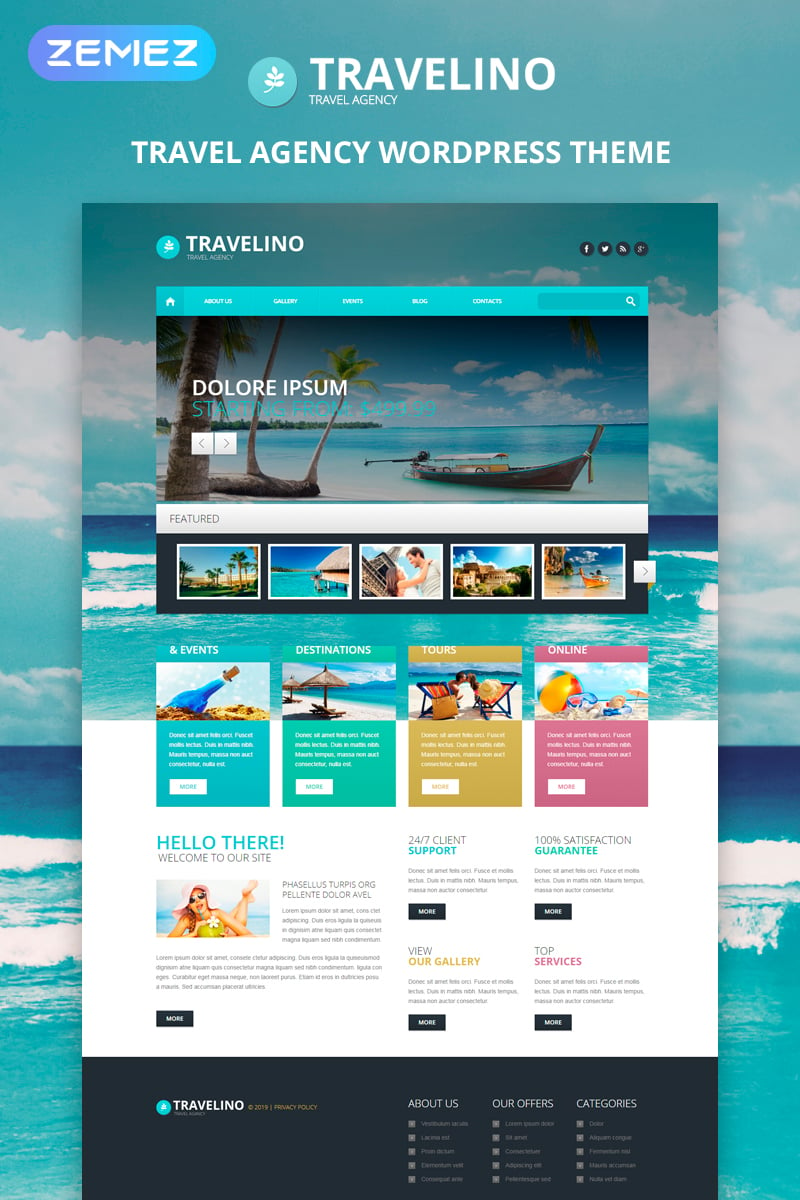

Themes may be directly installed using the WordPress "Appearance" administration tool in the dashboard, or theme folders may be copied directly into the themes directory. Every WordPress website requires at least one theme to be present. Custom code can be added to the website by using a child theme or through code editor.

Themes allow users to change the look and functionality of a WordPress website without altering the core code or site content.
WHAT WORDPRESS THEME IS THAT INSTALL
WordPress users may install and switch among many different themes. This allows support for more human-readable s. Its architecture is a front controller, routing all requests for non-static URIs to a single PHP file that parses the URI and identifies the target page.

WordPress has a web template system using a template processor. "WordPress is a factory that makes webpages" is a core analogy designed to clarify the functions of WordPress: it stores content and enables a user to create and publish webpages, requiring nothing beyond a domain and a hosting service. WordPress Foundation owns WordPress, WordPress projects, and other related trademarks. WordPress was released on May 27, 2003, by its founders, American developer Matt Mullenweg and English developer Mike Little.
WHAT WORDPRESS THEME IS THAT SOFTWARE
To function, WordPress has to be installed on a web server, either as part of an Internet hosting service or on a computer running the WordPress software package. Features include a plugin architecture and a template system, referred to within WordPress as "Themes". WordPress is written in PHP hypertext preprocessor language and paired with a MySQL or MariaDB database. Available as free and open-source software, WordPress is among the most popular content management systems – it was used by 42.8% of the top 10 million websites as of October 2021. It was originally created as a tool to publish blogs but has evolved to support publishing other web content, including more traditional websites, mailing lists and Internet forum, media galleries, membership sites, learning management systems and online stores. WordPress (also known as WP or ) is a web content management system. Blog software, content management system, content management framework


 0 kommentar(er)
0 kommentar(er)
